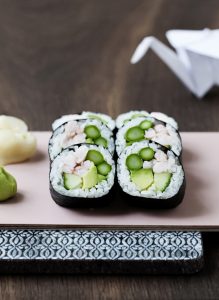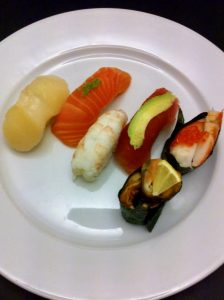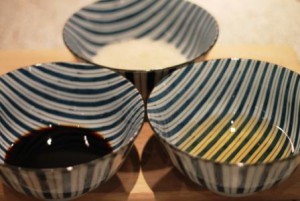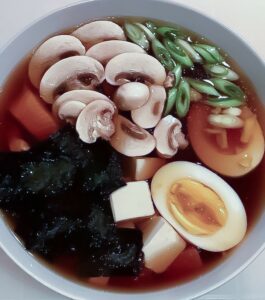
With a population of 125.8 million, Japan is one of the countries in the world that has the largest variety of different cuisines that suit several population groups.
Most Japanese live a busy life, from the student to families with small children.
There is a dish that suits all tastes, regardless of where you are in life. It is the popular eating onigiri which is suitable as a snack, main course or even the main course.
It is a dish suitable for busy days when there is no time for long dinners.
Onigiri is a dish that stands out in Japanese cuisine.
With only 3 ingredients you can make a tasty and healthy meal that embraces the entire food pyramid. 3 ingredients that won’t break the budget and can all be bought in your local supermarket.
In this mini ebook: 5 healthy Japanese onigiri for one you will find recipes for tasty onigiri as they are served in Japan. The book cost 60 DKK.
_
Zoë has lectured and held sushi courses for A. P. Moller – Maersk, Hugo Boss Nordic, Novo Nordisk, Novartis, Velux, Gorrissen Federspiel, Beierholm revision, Elbek & Vejrup and many more.







